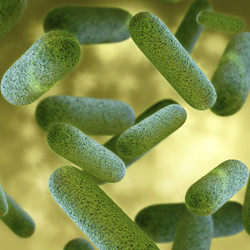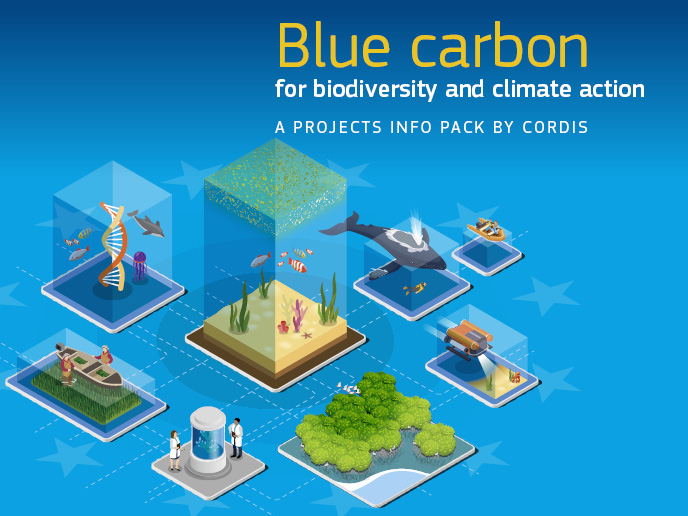Marine bacteria and climate change models
An EU-funded initiative was established to provide a better understanding of the factors controlling microbial diversity in the oceans. The BACPAC project investigated whether marine particles descending from the productive surface layers were colonised by the same communities of bacteria that are present in the surrounding water. Studies were done on how efficiently these colonies broke down the particles and whether these patterns altered over time and space. These activities were conducted in the laboratory and in field sites in the North Atlantic and Arctic. Results showed sinking particles are mainly colonised in the ocean's surface layers, where particle formation takes place. One of the most important factors of the sinking organic matter is faecal pellets produced by zooplankton grazing on microscopic plants (phytoplankton). The bacterial community is retained as the particles sink, thereby introducing new types of bacteria to the deep-sea environment. Zooplankton–phytoplankton interactions were studied using the laboratory-reared copepod species Acartia grani. The aim was to determine whether the bacterial community in zooplankton faecal pellets stem from the diet or the gut of the consumers. This is an important question as the environmental conditions to which the pellet-associated bacteria are adapted affect the degradation rate of the pellets. BACPAC also investigated variation in bacterial community composition associated with different zooplankton species in the western Mediterranean and eastern Atlantic Ocean. Large-sized zooplankton are able to vertically migrate between different ocean surfaces and depths and may contribute to the two-way exchange of different types of bacteria. Preliminary results showed that zooplankton-associated bacterial communities generally had low species numbers compared to the surrounding water. However, it did include types of bacteria rarely found in marine environments. The studies also revealed that zooplankton feed on minute picocyanobacteria. These are extremely abundant in the ocean, but were traditionally considered too small to be grazed by most zooplankton. The work conducted by BACPAC will be of direct benefit by providing new data on bacterial communities and their degradation of organic particles from the ocean's productive surface layer. This will provide valuable information for the successful development of biogeochemical models for describing the marine carbon cycle.







